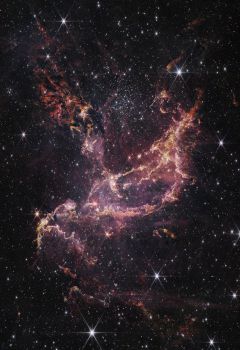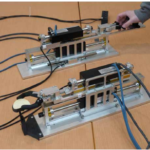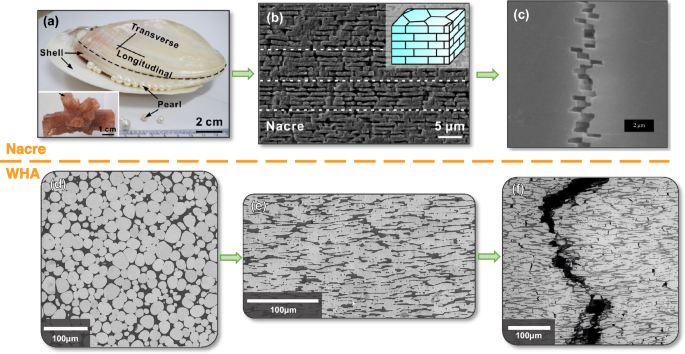2023-01-24 サセックス大学

◆この分子雲内の発見は、ジェームズ・ウェッブ宇宙望遠鏡(JWST)を用いて生命の構成要素を観測する国際学術コンソーシアム「IceAgeプロジェクト」の科学者によってなされました。 JWSTは、NASA、欧州宇宙機関(ESA)、カナダ宇宙庁(CSA)の共同プロジェクトです。
◆今回の成果により、天文学者は、太陽系外の星を周回する惑星である太陽系外惑星に将来組み込まれるであろう単純な氷の分子を調べると同時に、生命の構成要素を生み出す第一歩である、より複雑な分子の起源について新しい窓を開くことができました。 この研究により、星が誕生する前に、分子雲の奥深くにある氷の中で複雑な分子が形成されていることを初めて証明することができました。
◆今回の研究では、地球から約500光年の距離にあるカメレオンI分子雲で、特に低温で高密度の、調査が困難な領域に埋もれている氷を対象としました。
◆今回、JWSTを利用する国際的な天文学者チームによって、分子雲でこれまでに測定された最も深くて冷たい氷の詳細な目録が発表されました。水のような単純な氷だけでなく、二酸化炭素、アンモニア、メタンから複雑な有機分子であるメタノールまで、さまざまな分子が凍結した状態を確認することができたのです。これは、若い星の形成過程で加熱される前の、次世代の星や惑星を作るための氷の材料について、これまでで最も包括的な調査となります。
◆研究チームは、同定された分子に加えて、メタノールよりも複雑な前生物学的分子を、これらの高密度な雲の氷の中に発見しました。これらのシグナルを特定の分子と断定することはできませんでしたが、これにより初めて、星が生まれる前に分子雲の氷の深部で複雑な分子が形成されることが証明されました。
<関連情報>
- https://www.sussex.ac.uk/research/full-news-list?id=59814
- Ice Age – Tracing the building blocks of life with the James Webb Space Telescope. (jwst-iceage.org)
ICE AGE:ジェームス・ウェッブ宇宙望遠鏡で辿る生命の構成要素. Tracing the building blocks of life with the James Webb Space Telescope.
ABOUT
Is life a universal phenomenon, or are we unique? To answer this question, we must track the essential molecular ingredients of life from their formation in dense molecular clouds to their eventual incorporation into the planet-forming regions of the disks observed around young stars. These ingredients begin as simple ices and become more complex over time through a variety of chemical pathways that depend on their environmental conditions. Only through a combination of new observations, cutting-edge laboratory experiments, and comprehensive chemical modeling can we study this process.
The Early Release Science (ERS) program on the James Webb Space Telescope (JWST) offers the opportunity to tackle this transformative science during the first five months of JWST’s Cycle 1. Our program will provide a representative, non-proprietary dataset and additional science products that can be used by the star formation and astrochemistry communities to explore what JWST has to offer and to prepare for Cycle 2 observations. For further information regarding our science case, planned ERS program, team, news items, or to contact us, please follow the links posted in the menu above.



